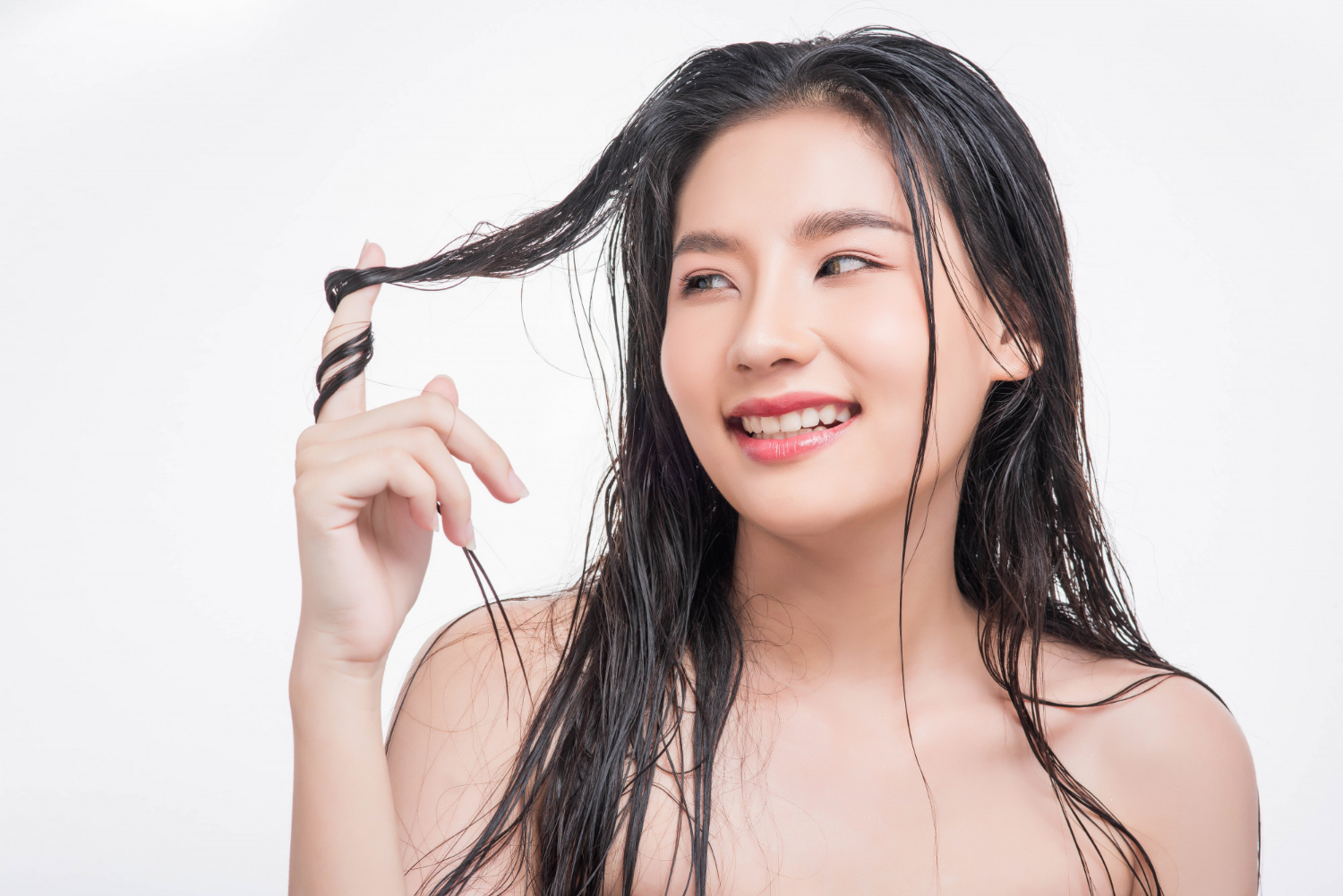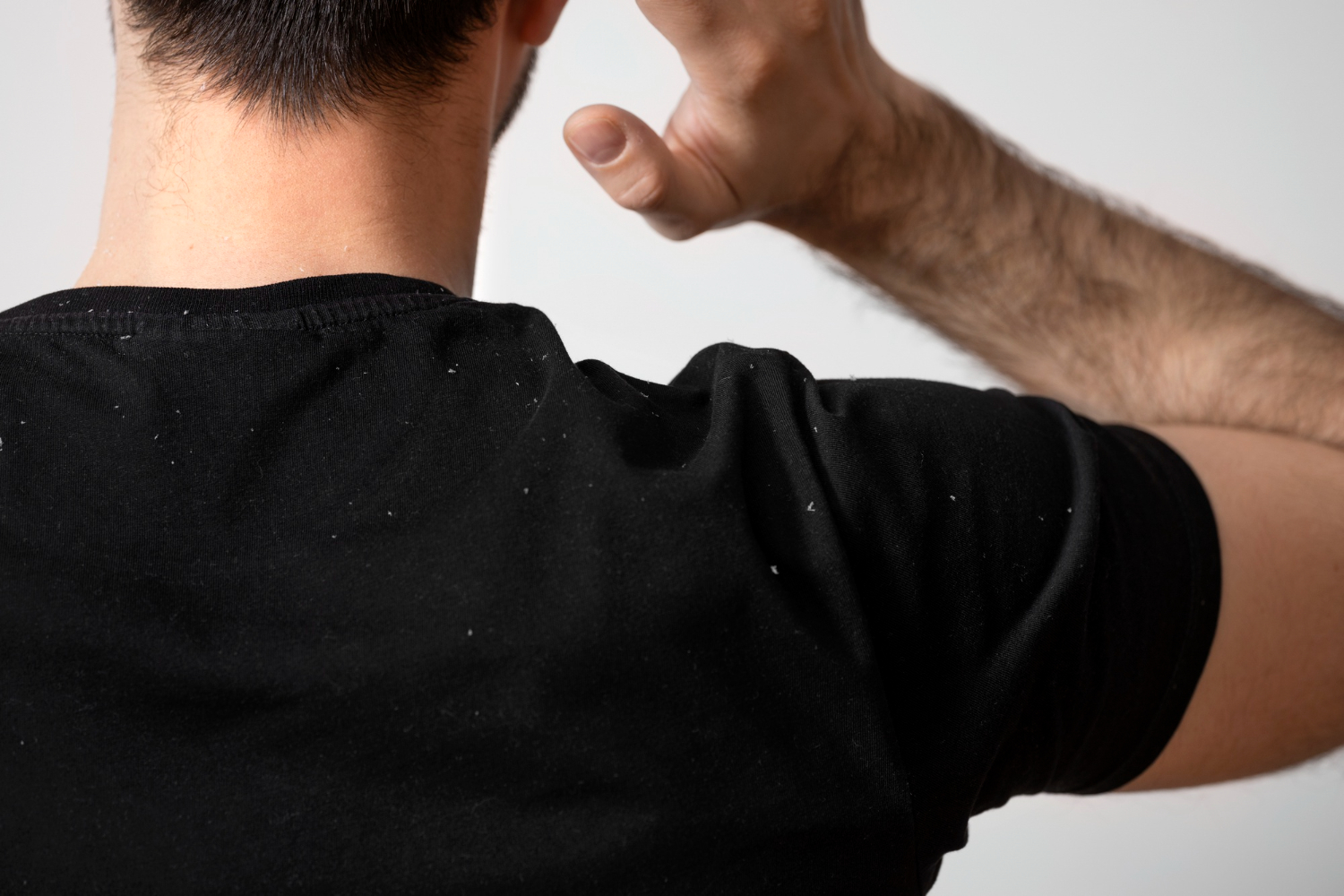
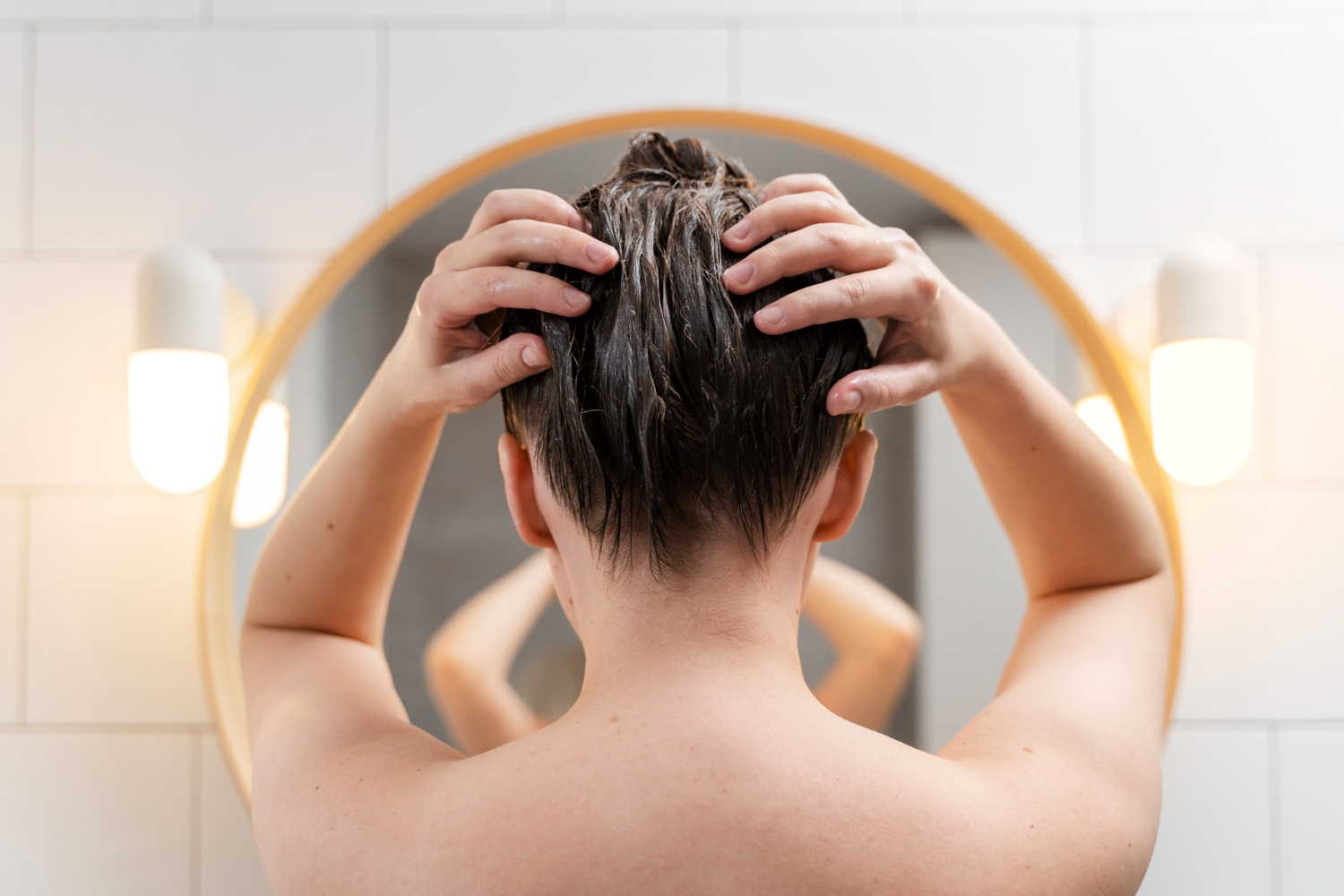
We’ve all been there, right? You’re in a quiet meeting, trying to focus, or maybe you’re just settling down for the night, and then it starts. That persistent, nagging, sometimes maddening itch on your scalp. You try to ignore it, you discreetly scratch, you tell yourself it’s just a bit of dry skin or maybe you need to wash your hair. But what if that constant itch isn’t just an annoying distraction? What if it’s a warning sign, a smoke signal from your scalp telling you that something more serious is brewing?
It might sound alarming, but the connection between an itchy scalp (medically known as ‘scalp pruritus’) and hair loss is far more direct than most people realize. It’s not always a coincidence. In many cases, the very thing causing the itch is also setting the stage for thinning hair or significant shedding.
Understanding the Link Between an Itchy Scalp and Hair Loss can be crucial for maintaining healthy hair.
So, how do you tell the difference between a simple, temporary itch and a red flag for hair loss? And more importantly, what can you do about it? Let’s dig in and uncover the truth behind this surprising link.
First, let’s talk about the most obvious and mechanical link between itching and hair loss: your own fingernails. It’s a completely natural, almost primal, instinct. Your scalp itches, so you scratch it. Ah, temporary relief! But this relief comes at a serious cost.
Think of your scalp as a delicate garden and each hair follicle as the fragile root system for a plant. When you repeatedly and aggressively scratch, you’re essentially taking a tiny rake to that garden. This action does a few terrible things:
This creates a truly vicious cycle: your scalp has a problem that makes it itch, you scratch to relieve the itch, the scratching causes damage and inflammation, which in turn makes the scalp more irritated and itchy… all while weakening your hair.
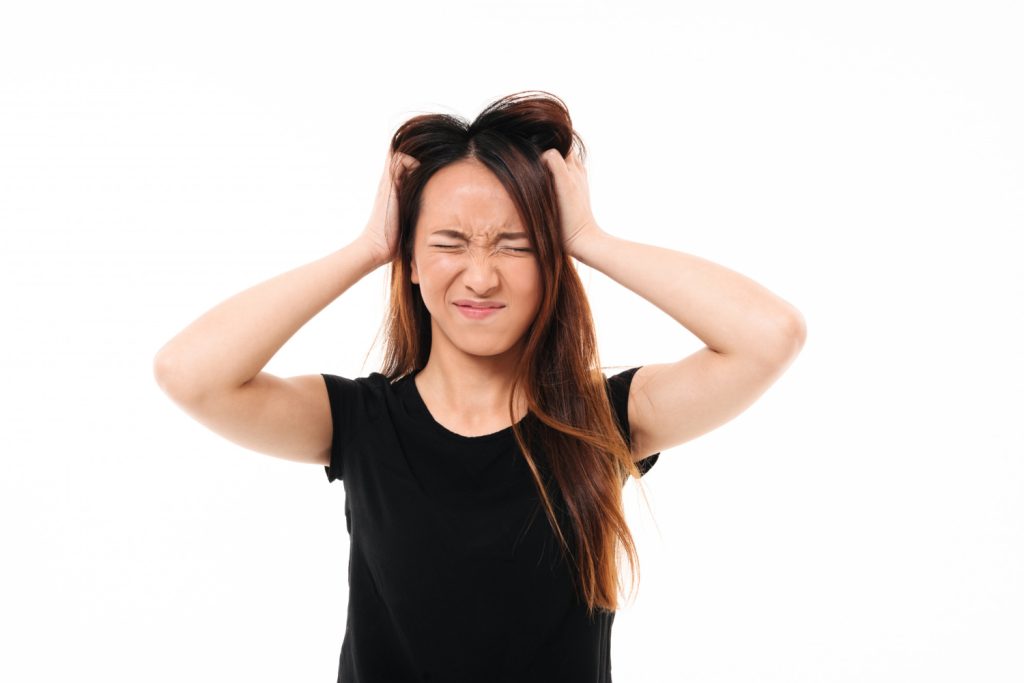
Okay, so scratching is the action that causes damage, but what causes the itch in the first place? An itchy scalp isn’t a single disease; it’s a symptom. To stop the itch (and save your hair), you have to find the root cause. Here are some of the most common suspects.
This is probably the most common cause of an itchy scalp. We all have a yeast-like fungus called Malassezia living on our skin. But for some of us, this fungus goes into overdrive, feeding on the natural oils (sebum) on our scalp. This irritates the skin, causing it to speed up its cell renewal process. The result? Those familiar white or yellowish flakes, redness, and a whole lot of itching. Seborrheic dermatitis is basically the more severe, inflammatory big brother of simple dandruff.
These are autoimmune or inflammatory conditions. With scalp psoriasis, your immune system mistakenly tells your skin cells to grow way too fast. This leads to thick, silvery, scaly plaques that can be incredibly itchy and even painful. Scalp eczema works similarly, causing patches of red, inflamed, and weeping skin. The intense inflammation from both of these conditions is a very hostile environment for hair follicles.
Beyond simple dandruff, you can get other, more aggressive infections. Tinea capitis, also known as scalp ringworm (no, it’s not a worm!), is a fungal infection that invades the hair shaft and follicle. It causes scaly patches, broken hairs, and often patchy hair loss. It’s highly contagious and demands medical treatment.
Sometimes, the enemy is in your own bathroom cabinet. This is called contact dermatitis. You might be allergic to a fragrance, sulfate, or preservative in your shampoo, conditioner, or styling gel. Your scalp reacts with an angry, red, and very itchy rash. On a simpler note, not washing your hair properly can lead to a gnarly buildup of products, sweat, oil, and dead skin cells. This gunk can clog follicles, irritate the scalp, and… you guessed it… make you itch.
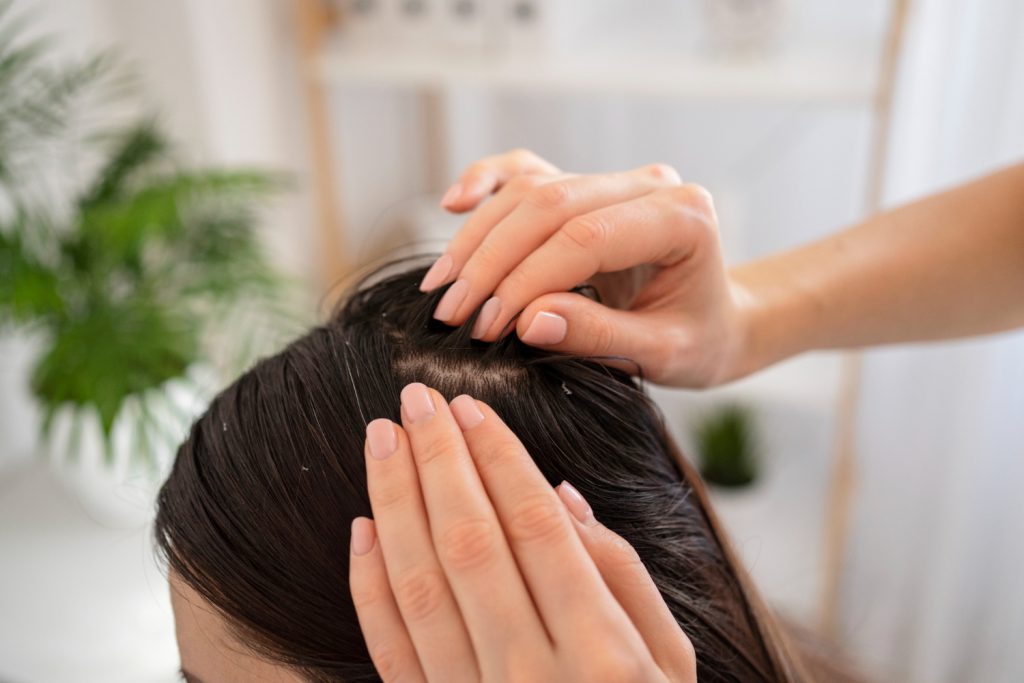
We’ve talked about the “itch-scratch-damage” cycle. But there’s a deeper, more sinister connection that doesn’t even require you to scratch. Many of the conditions we just discussed—seborrheic dermatitis, psoriasis, fungal infections—cause inflammation as their primary symptom.
Inflammation is your body’s natural response to an attack. But when it’s chronic (meaning it’s there all the time), it’s like a constant, low-level war happening on your scalp. This state of siege is toxic to your hair follicles.
This chronic inflammation can disrupt the hair growth cycle. It can prematurely push hairs out of their active growing phase (anagen) and into their resting or shedding phase (telogen). This results in excessive shedding, a condition known as telogen effluvium.
In more severe cases, like certain scarring alopecias (e.g., lichen planopilaris), the inflammation is so intense that it permanently destroys the hair follicle, replacing it with scar tissue. And guess what one of the main, early symptoms of these conditions is? A persistent, deep, unrelenting itch or burning sensation. In these cases, the itch isn’t just a side effect; it’s the main symptom of the very process that is killing the hair follicles.
So, how do you know when an itch is just an itch, and when it’s a five-alarm fire?
Here’s my rule of thumb: if the itch is persistent (it’s been bugging you for more than a week), if it’s severe (it’s distracting you from your life), or if it’s accompanied by any other symptoms—like flakes, scabs, pain, redness, or visible hair thinning—it’s time to stop guessing. Don’t just keep switching shampoos and hoping for the best. You’re playing a guessing game while the underlying problem could be getting worse and causing irreversible damage. This is when you need to see a professional, like a dermatologist or a trained trichologist.
Okay, let’s not just focus on the doom and gloom. Let’s get proactive. Your goal is two-fold: first, calm the immediate itch, and second, treat the underlying cause to protect your hair for the long run.
First things first: be gentle. I know it’s hard, but you have to try to stop scratching. Trim your nails short. If you absolutely must, try tapping or pressing the itchy spot instead of raking it with your nails.
Next, look at your products. Switch to a mild, sulfate-free, and fragrance-free shampoo. Look for over-the-counter medicated shampoos with active ingredients like ketoconazole (for fungus/dandruff), salicylic acid (to exfoliate scales), or zinc pyrithione. And please, rinse your hair with lukewarm, not hot, water. Hot water strips your scalp of its natural oils and just makes inflammation worse.

If the at-home remedies aren’t cutting it after a couple of weeks, it’s time to bring in the professionals. This is especially true in a hot and humid climate like ours, which can be a perfect breeding ground for fungal and bacterial issues.
When you seek out a professional scalp treatment in Singapore, you’re not just getting a relaxing head spa. You’re getting a diagnosis. Reputable scalp centers use advanced technology, like micro-cameras, to scan your scalp and magnify your follicles. They can see exactly what’s going on. Is it buildup? Is it inflammation? Is it follicle miniaturization?
Based on this precise analysis, they can create a personalized plan. This might involve a deep-cleansing, exfoliating treatment to remove all that gunk, followed by anti-inflammatory serums, medical-grade lotions to fight fungus, or even low-level light therapy to calm the irritation and stimulate growth. Getting a targeted scalp treatment in Singapore can be the crucial step that finally breaks the itch-scratch-loss cycle and gets your scalp back to a healthy, balanced state where hair can actually thrive.
Think of your scalp as the foundation of your hair. It’s the soil from which everything grows. You wouldn’t expect a beautiful, thriving garden from dry, diseased, or inflamed soil, would you?
An itchy scalp is not just a minor inconvenience. It’s a distress signal. It’s your body’s way of telling you that the foundation is unstable. Whether it’s from the physical trauma of your own fingernails or the deep, invisible inflammation from a scalp condition, the link to hair loss is direct and very real.
So, the next time you feel that persistent urge to scratch, please don’t just ignore it. Listen to what your scalp is telling you. Be gentle, take a look at your routine, and if it doesn’t stop, seek professional help. Your future self—and your full, healthy head of hair—will thank you for it.


